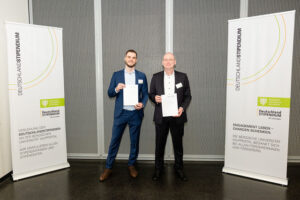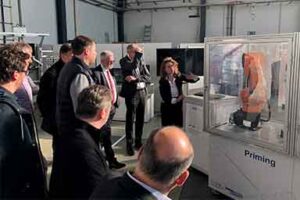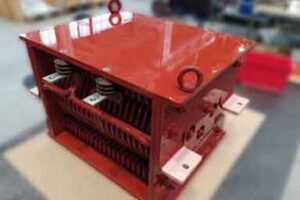
- News
Controlling Harmonic Problems
Contrary to their bad reputation, not all harmonic distortions are unwanted. For example, the characteristic sounds of Marshall amplifiers, used in most rock and metal concerts, are actually a harmonic distortion sound. However, when it comes to power quality in variable speed drives (VSDs),
harmonic distortions lead to lower operating efficiencies and higher energy costs. Steve Hughes, Managing Director of harmonic filter specialist REO UK, provides insights into how REO AG engineers can control harmonic problems in variable speed drives.
Generally, harmonics are current or voltage waveforms in a power grid that have a different frequency than the mains frequency. This creates excess energy that cannot be used by connected devices. These harmonics pollute power networks and increase energy consumption. This leads to a reduction in overall power efficiency and consequently increases electricity bills. The latter is particularly problematic in times of increasingly scarce and expensive energy.
Harmonic Problems in Variable Speed Drives
Variable speed drives generate harmonic current waveforms by converting incoming 50 Hz AC waveforms into a DC source for the output stage. This creates pulse-width modulated pulses that control an AC motor. Switching from AC to DC and back generates current waveforms that are multiples of the 50 Hz mains frequency. The effect of these frequencies can be controlled with passive harmonic filters. These are essentially inductors that prevent any frequencies above the desired 50 Hz from entering the network. This means that all energy in the network can be consumed by the device, and overall operating efficiency is not affected by harmonics. As harmonic frequencies increase, the inductance presents a higher impedance to further protect the circuit.
REO AG supplies harmonic filters that reduce the total harmonic distortion (THD) in a network using inductors. In most cases, the total harmonic distortion can be reduced to below 5% with this technology. This creates potential for significant energy cost savings: by using the filters, operating efficiency is increased because almost all power in the network can be consumed by connected devices. At the same time, the lifespan of the electrical system is extended, downtime is minimized, and associated maintenance costs are reduced.
In terms of applications, harmonic filters are best suited for use in systems with a constant load or a load above 50% of the rated load. These include, for example, heating or ventilation systems where there are no load fluctuations.
As global efforts to reduce CO2 emissions lead to extensive electrification of industrial systems, harmonic distortions in power networks will become increasingly common in the future. Therefore, it is more important than ever that industry takes control measures by using harmonic filters. This reduces electricity costs, extends lifespan, and prevents damage to the power grid.
For more information on REO’s range of harmonic filters, visit https://reo.de/produkte/auswahl-filter/harmonic-filter/






